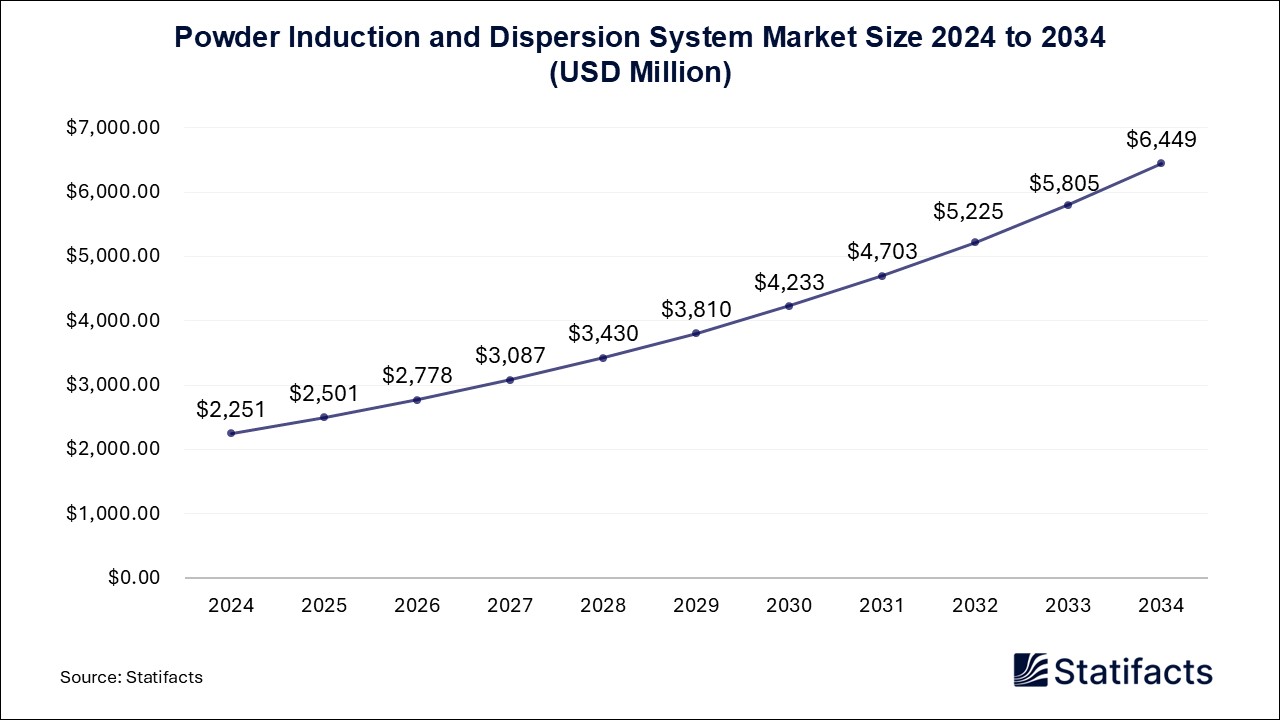
By clicking “Accept All Cookies” you agree to the storing of cookies on your device to enhance site navigation, analyze site usage, and assist in our marketing efforts.
Privacy PolicyRapid biotech growth, government backing, and rising gene therapy demand fuel China's plasmid DNA market amid cost and regulatory challenges.
Plasmid DNA manufacturing outfits have grown exponentially in China. The rapidly growing biotechnology industry in the Asia-Pacific region is being driven by companies based mainly in China and India. The China plasmid DNA manufacturing market is growing rapidly due to the investment and initiative by the government for the laboratories, clinical trials, and import of biotechnological products. Furthermore, the increase in awareness of advanced cell and gene therapy, biotechnological advancements in medicine, and strategic partnerships between big players for innovation in the industry contribute immensely to the growth in the China plasmid DNA manufacturing market.
Regulatory challenges and high costs
The regulatory systems for medical testing in China are rigid and require rigorous documentation, quality testing, and safety validation from every company willing to set up their manufacturing unit for plasmid DNA. Furthermore, the lack of harmonized standards of quality measures across the whole nation, nonetheless the APAC region, makes it difficult for the plasma DNA to attain consistency in quality and purity. Such rigid regulations delay product launches and increase costs for new entrants in the China plasmid DNA manufacturing market. Increased costs hinder the growth of plasmid DNA manufacturing units and thus delay their adaptation towards advanced gene therapies like CRISPR.
Rising number of partnerships and collaborations
Partnerships and collaboration between large companies for research and development are rising with the increase in demand for healthcare services and medicine. Companies are collaborating to set up laboratories and clinics for the research and development of advanced gene and cell therapy. This contributes majorly to the market growth as the number of patients in China is rising, and so is the demand for plasma DNA to treat patients through advanced gene therapy.
Published by Kesiya Chacko
| Subsegment | 2024 | 2025 | 2026 | 2027 | 2028 | 2029 | 2030 | 2031 | 2032 | 2033 | 2034 |
|---|---|---|---|---|---|---|---|---|---|---|---|
| Viral Vectors | - | - | - | - | - | - | - | - | - | - | - |
| Plasmid DNA | - | - | - | - | - | - | - | - | - | - | - |
| Non-Viral | - | - | - | - | - | - | - | - | - | - | - |
| Electroporation | - | - | - | - | - | - | - | - | - | - | - |
| Lipid/Polymer | - | - | - | - | - | - | - | - | - | - | - |
| Nanoparticles | - | - | - | - | - | - | - | - | - | - | - |
| Others | - | - | - | - | - | - | - | - | - | - | - |
| Subsegment | 2024 | 2025 | 2026 | 2027 | 2028 | 2029 | 2030 | 2031 | 2032 | 2033 | 2034 |
|---|---|---|---|---|---|---|---|---|---|---|---|
| Gene Therapy | - | - | - | - | - | - | - | - | - | - | - |
| DNA Vaccines | - | - | - | - | - | - | - | - | - | - | - |
| Immunotherapy | - | - | - | - | - | - | - | - | - | - | - |
| Others | - | - | - | - | - | - | - | - | - | - | - |
| Subsegment | 2024 | 2025 | 2026 | 2027 | 2028 | 2029 | 2030 | 2031 | 2032 | 2033 | 2034 |
|---|---|---|---|---|---|---|---|---|---|---|---|
| Infectious Disease | - | - | - | - | - | - | - | - | - | - | - |
| Genetic Disorder | - | - | - | - | - | - | - | - | - | - | - |
| Cancer | - | - | - | - | - | - | - | - | - | - | - |
To get full access to our Market Insights, you need a Professional Account or a Business Suite.

You will receive an email from our Business Development Manager. Please be sure to check your SPAM/JUNK folder too.

You will receive an email from our Business Development Manager. Please be sure to check your SPAM/JUNK folder too.

Our customers work more efficiently and benefit from


